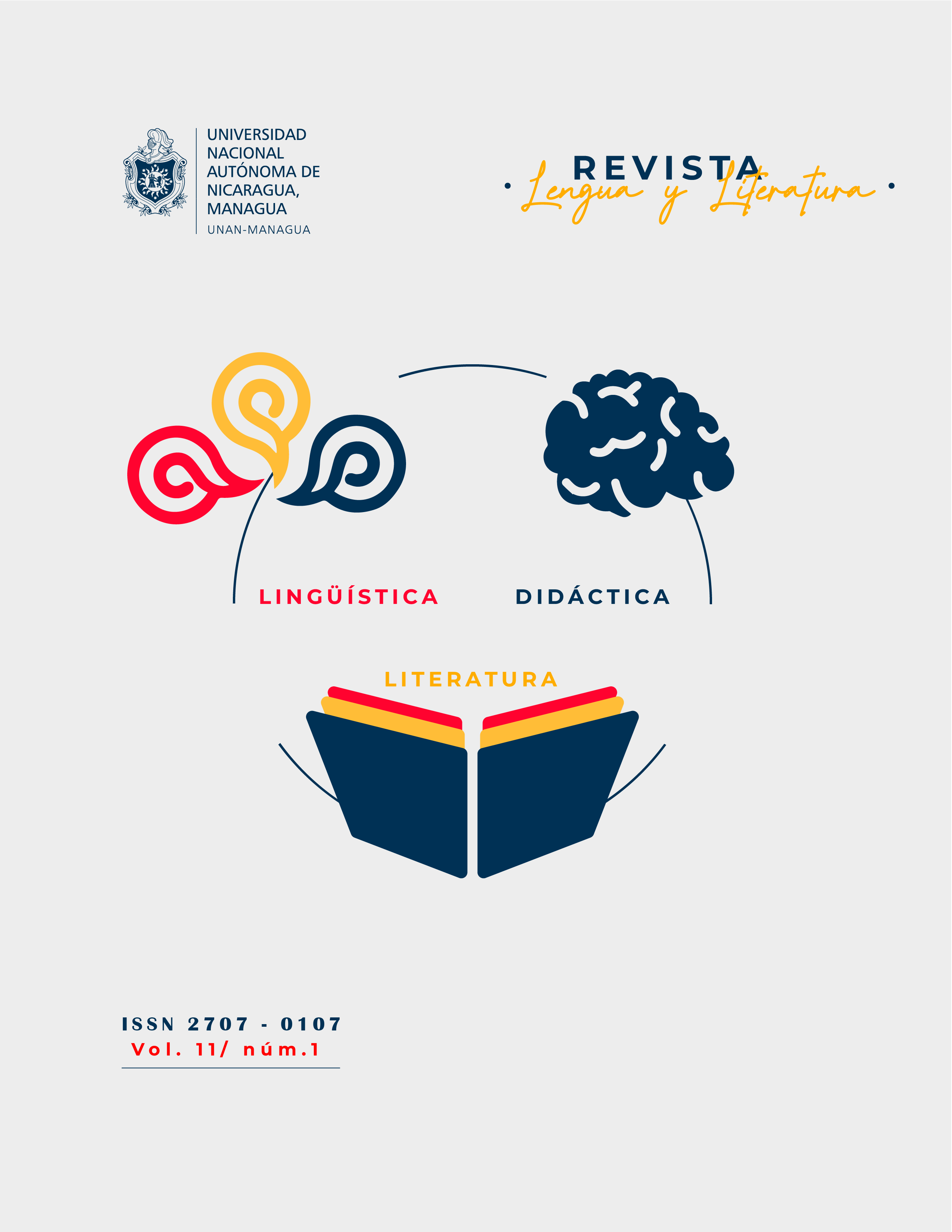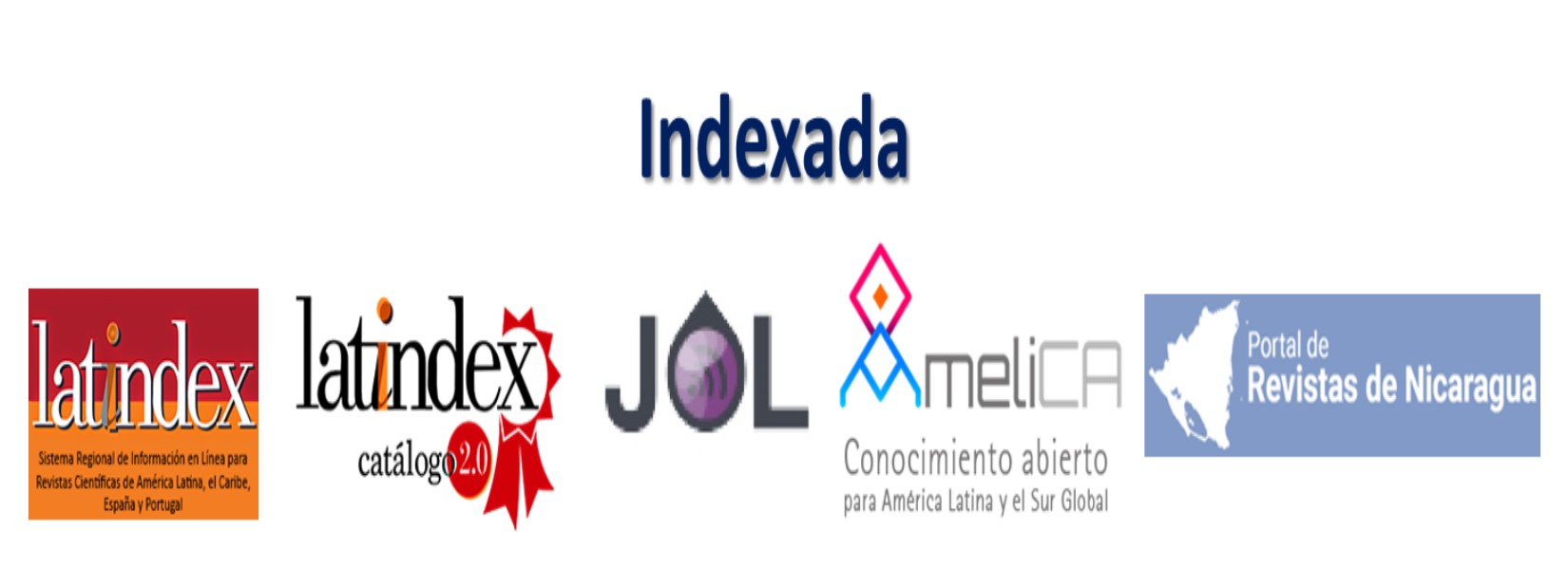The conceptual metaphors present in the main Central American newspapers
DOI:
https://doi.org/10.5377/rll.v11i1.20458Keywords:
conceptual metaphors, conceptual fields, Central American economyAbstract
This research is based on the theoretical postulates of Lakoff and Johnson (2009) related to conceptual metaphors, which are studied as figures of thought that are present in various situations of everyday life. This theory shows that metaphors are not exclusive to the literary field, whose function is to decorate language and play a substitutive role. On the contrary, cognitive theories modify the old Aristotelian conception of metaphor and establish the non-distinction between literal and figurative language, especially in the discourse of economics. The purpose of this work was to study the use of conceptual metaphors in the main newspapers of Central America: La Nacion of Costa Rica, La Prensa of Nicaragua, La Prensa Gráfica of Honduras, El Diario de Hoy of El Salvador and Prensa Libre of Guatemala. The corpus under study consisted of 250 texts distributed in 50 articles for each newspaper. With respect to the results, a variety of conceptual metaphors were identified and analyzed so that the study of the Central American economy is linked to the following conceptual fields: physical movement with the term fall, illness with the term injection, prostrate, mental state with collapse, natural disaster with the terms collapse, collapse, navigation and state of the weather with climate and bonanza. This means that economists and journalists resort to figurative language to express the economic reality of Central America.
Downloads
Published
How to Cite
Issue
Section
License
Copyright (c) 2025 Universidad Nacional Autónoma de Nicaragua, Managua

This work is licensed under a Creative Commons Attribution-NonCommercial-ShareAlike 4.0 International License.





